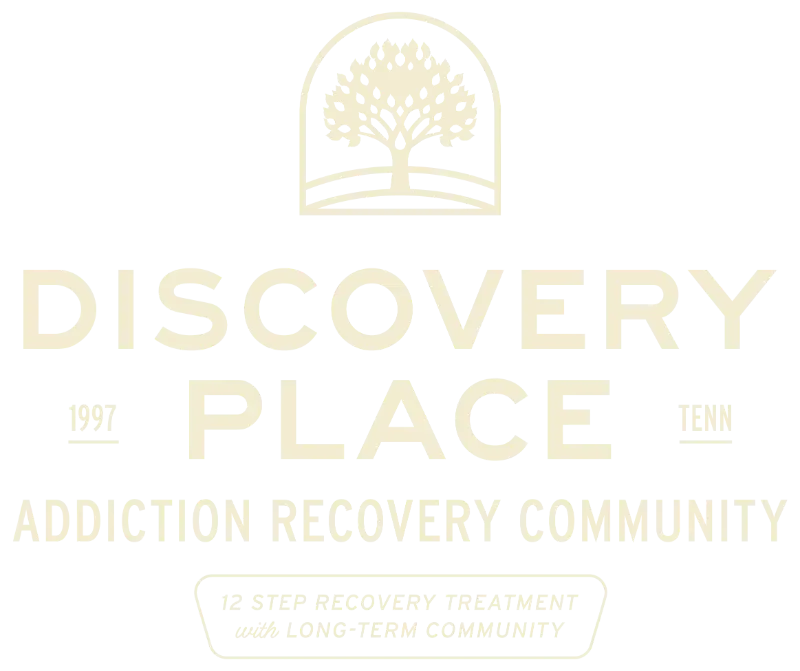FEDERAL CONTROLLED SUBSTANCES SCHEDULES
Controlled Substances Act
Under the Controlled Substances Act, drugs and related compounds the government determines to be controlled substances are divided into five different levels or schedules. A complete, updated list of these schedules is published annually in the United States; other countries such as Canada and the U.K. have similar schemes. These substances are organized into the various schedules or groups based on:
- Whether the chemicals have currently accepted medical use in treatment in the respective country
- Their relative abuse potential
- The likelihood of causing dependence when abused
Congress passed the Controlled Substances Act as part of the Comprehensive Drug Abuse Prevention and Control Act of 1970; it was signed into law by President Nixon. The CSA is the federal U.S. drug policy under which the manufacture, importation, possession, use, and distribution of certain substances is regulated. Two federal agencies — the Drug Enforcement Administration (DEA) and the Food and Drug Administration (FDA) — determine which drugs are added to or taken off the various schedules.
According to the DEA, the drug schedules are intended as general references only and are not comprehensive listings of all controlled substances.
Although individual US states have for the most part adopted the federal drug schedules, many states have modified the lists, with some states having seven schedules or more (e.g., Tennessee) rather than the standard five federal controlled substance schedules.
Some examples of the drugs in each of the five schedule are listed below.
Schedule I Controlled Substances
Substances in this schedule have no currently accepted medical use in the United States, a lack of accepted safety for use under medical supervision, and a high potential for abuse.
Schedule I examples: heroin, LSD, marijuana, peyote, methaqualone (Quaalude®), and ecstasy.
Schedule II Controlled Substances
Substances in this schedule — primarily opioids, or narcotics, and stimulants — have a high potential for abuse which may lead to severe psychological or physical dependence.
Examples of Schedule II narcotics: morphine, opium, hydromorphone (Dilaudid®), methadone (Dolophine®), meperidine (Demerol®), oxycodone (OxyContin®, Percocet®), and fentanyl (Duragesic®).
Examples of Schedule II stimulants: amphetamine (Dexedrine®, Adderall®), methamphetamine (Desoxyn®), and methylphenidate (Ritalin®).
Other Schedule II substances: amobarbital, glutethimide, and pentobarbital.
Schedule III Controlled Substances
Substances in this schedule have a potential for abuse less than substances in Schedules I or II and abuse may lead to moderate or low physical dependence or high psychological dependence.
Examples of Schedule III narcotics: combination products containing less than 15 milligrams of hydrocodone per dosage unit (Vicodin®), products containing not more than 90 milligrams of codeine per dosage unit (Tylenol with Codeine®), and buprenorphine (Suboxone®, Subutex®).
Examples of Schedule III non-narcotics: benzphetamine (Didrex®), phendimetrazine, ketamine, and anabolic steroids such as Depo®-Testosterone.
Schedule IV Controlled Substances
Substances in this schedule, largely benzodiazepines, have a low potential for abuse relative to substances in Schedule III.
Examples of Schedule IV drugs: carisoprodol (Soma®), alprazolam (Xanax®), diazepam (Valium®) clonazepam (Klonopin®), clorazepate (Tranxene®), lorazepam (Ativan®), midazolam (Versed®), and triazolam (Halcion®).
Schedule V Controlled Substances
Substances in this schedule have a low potential for abuse relative to substances listed in Schedule IV and consist primarily of preparations containing limited quantities of certain narcotics.
Examples of Schedule V drugs: cough preparations containing not more than 200 milligrams of codeine per 100 milliliters or per 100 grams (Robitussin AC®, Phenergan with Codeine®, Lomotil, Motofen, Lyrica, Parepectolin), and ezogabine.
Federal Controlled Substance Schedules
- Controlled Substances Act (CSA) – Wikipedia
- Comprehensive Drug Abuse Prevention and Control Act of 1970 – Wikipedia
- Drug Schedules – DEA
- Controlled substances – Wikipedia
- Controlled Drugs and Substances Act (Canada)


